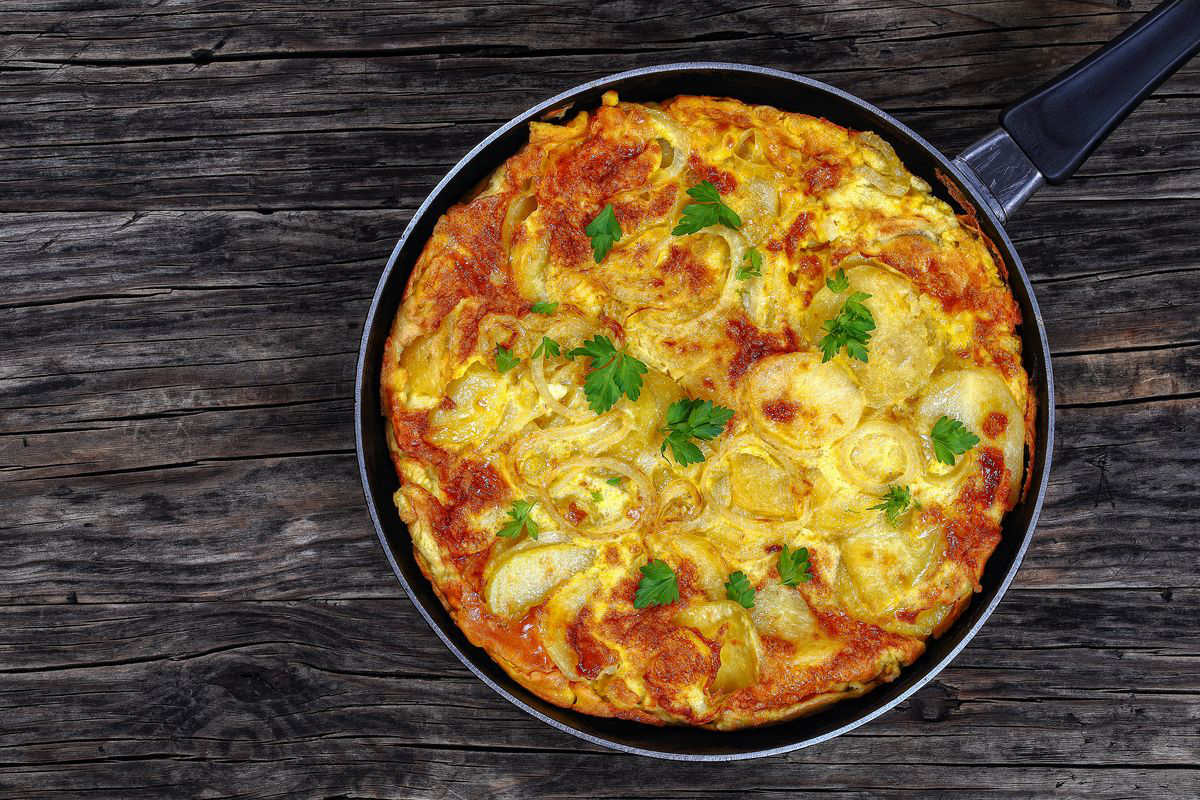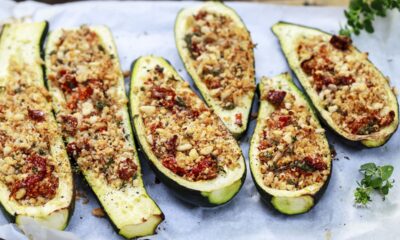Recipes
How is an omelette made? Here are the rules and the best tips

How to make a perfect omelette? Are there any rules to follow? Let’s find out everything and see the best tips for this recipe!
Ham and cheese, with asparagus, artichokes, spinach and so on and so forth: there are many variations of the omelette, a delicious egg-based dish that is prepared in a few minutes, but which presents some pitfalls and difficulties that often many underestimate .
To make a perfect omelette, in fact, there are numerous factors to take into consideration: ingredients, dosages, techniques, cooking … and then one of the most difficult things, that is the moment in which you will have to turn it!
Worried? Don’t worry, after this article you will be an expert and you can prepare this dish by experimenting with different tastes, flavors and spices. Let’s get started !

How to make omelette: recipe

1. First of all, let’s start with the ingredients: eggs, salt, pepper and cheese. Mix them in a bowl, beating with a fork to mix everything well.

2. Once done, it’s time to cook. The first fundamental rule is to grease a non-stick pan with butter, so that the omelette does not stick. Once done, pour the mixture.

3. Cooking will be done over low heat , so as to prevent the omelette from burning while still remaining raw on top. You can prick every now and then with the tines of a fork and use a lid so as not to disperse the heat.

4. Once about ten minutes have passed (obviously depends on the size of the omelette), turn it over and finish cooking on the other side as well, raising the heat slightly to brown the surface well. Serve and cut into slices: enjoy your meal!
How to make a good omelette: tips
Now that you know the basics , you can also go further and make all kinds of omelettes. Omelettes are excellent with vegetables, with cold cuts and with cheeses, which you can insert into the dough and mix with eggs and everything else.
However, there are vegetables or foods that require preliminary cooking : we are talking about all those ingredients with long times, such as potatoes, or sausage.
As for the tricks to flavor an omelette, you can use herbs (parsley, basil, coriander) from the spring onion , spices to taste and even a slice of bread soaked in milk and squeezed, which will give a delicious texture to the dough!

How to turn the omelette without making mistakes
It is one of the most envied skills in the kitchen, a skill that must be developed and perfected over the years, and that if you are wrong … you risk making a nice mess!
To turn an omelette perfectly without causing damage, however, there are some simple tips that you can follow. Here’s what they are:
• Always use a non-stick and well-greased pan. That way the omelette wo n’t stick!
• Don’t be in a hurry! The most important question you can ask yourself is how to know when to turn the omelette. Often those who cook are caught by the easy deception that it is a very fast dish and that after a few minutes they can already turn it.
This haste can often lead to turning it when it is not yet well done. In general, wait for it to be crunchy underneath and already compact on top (help yourself by always cooking it with a lid) and only then turn it over !
• Method is everything. There are those who blow it up, those who turn it with a spatula , those who turn the pan upside down on a lid or flat plate. In short, there is no right or wrong way: choose the technique that suits you best and… try it!
How about trying this wonderful leek omelette ? Otherwise we have many other recipes for a delicious and perfect omelette!
The differences between omelette and omelette
Until the 1950s, the omelette was confused with the omelette . However, there is a substantial difference that separates the two recipes: the French preparation does not include the passage in which the mixture is turned during cooking. In fact, it is served simply folded in two. Another difference between the two is the thickness: the omelette is cooked in butter while the omelette is cooked in olive oil . Furthermore, the first is often lower than and, among the ingredients, does not include Parmesan.
storage
This dish should be eaten immediately as soon as it is ready, however you can keep it for a maximum of 1 day in the refrigerator covered with cling film. We do not recommend freezing in the freezer.
Riproduzione riservata © - WT











